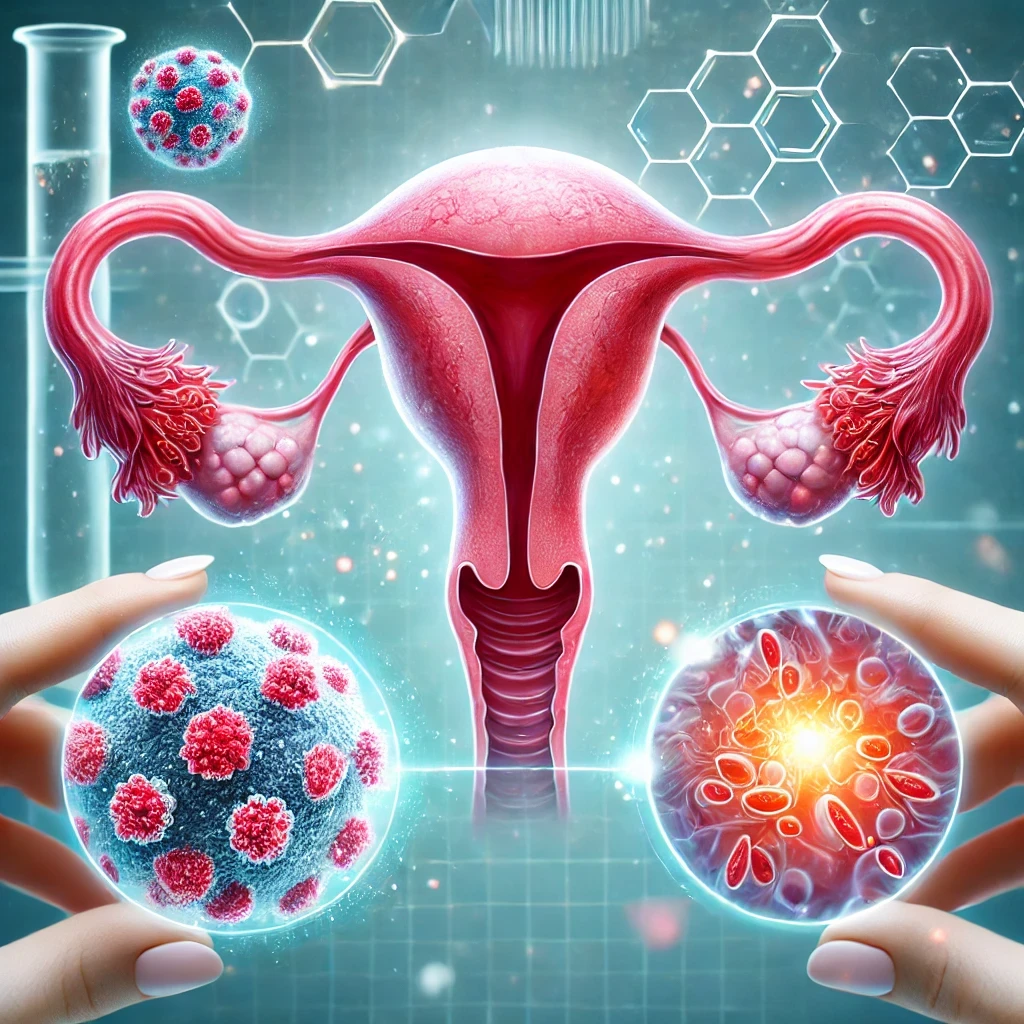Sep 12, 2024
Science News
Recent research reveals a strong connection between rare genetic variants related to ovarian aging, cancer risk, and de novo mutation rates. By analyzing data from over 106,000 women in the UK Biobank, scientists identified multiple genes that influence reproductive lifespan and significantly impact cancer susceptibility.
Key Findings
ETAA1, ZNF518A, and SAMHD1: These rare genetic variants are linked to ovarian aging and have larger effects than previously recognized.
SAMHD1: Plays a dual role by extending reproductive lifespan while increasing the risk for certain cancers. This gene is linked to DNA repair mechanisms, which may explain its connection to both reproductive health and cancer susceptibility.
ZNF518A: Shortens reproductive lifespan, leading to earlier menopause and later puberty onset. This gene affects ovarian reserve, accelerating ovarian aging and depletion.
ETAA1: Newly identified as a gene that influences ovarian aging, with strong implications for reproductive lifespan and health.
De Novo Mutations: Women with genetic variants associated with early ovarian aging had higher rates of de novo mutations, which are new mutations not inherited from parents. This may increase risks for genetic disorders in offspring. However, this finding was not consistent across all datasets studied.
The study highlights the importance of DNA repair in maintaining ovarian reserve and its broader implications for cancer risks. It suggests that ovarian aging, influenced by these genetic variants, could be a critical factor in both reproductive health and long-term disease risks. The researchers suggest future therapeutic strategies may target DNA repair mechanisms, potentially improving outcomes for both fertility and cancer prevention.
Impact on Health
The discovery of these genetic links opens new pathways for understanding the biological connections between reproductive lifespan and cancer. It could lead to more personalized healthcare strategies, such as earlier screening for cancer in women at risk due to ovarian aging. Additionally, the connection between early ovarian aging and higher de novo mutation rates may provide insights into fertility treatments and genetic counseling.
For more breakthroughs like this, visit our blog at 360h.io
Read the full article in Nature
